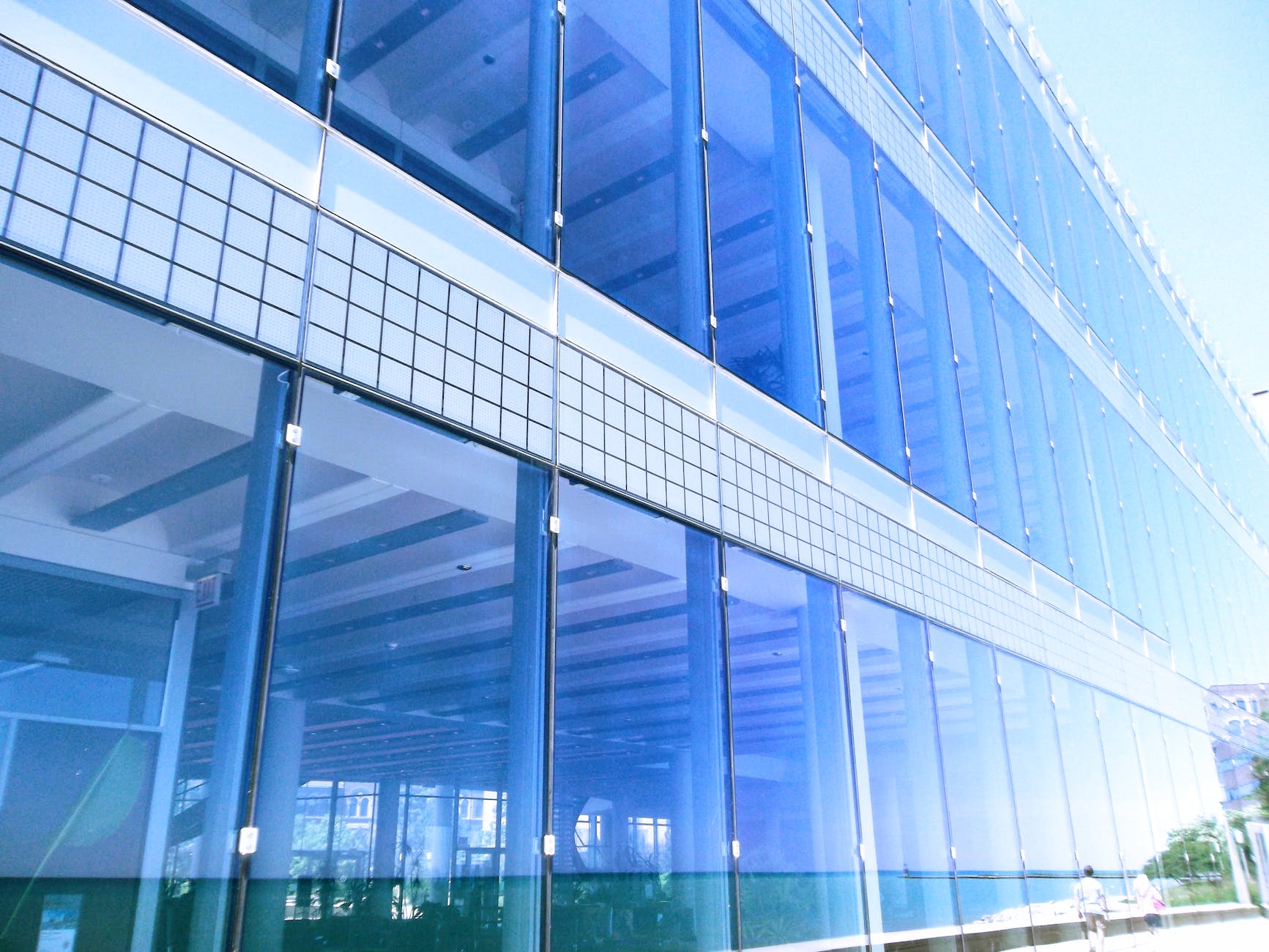
Glass Design
The glass design is a field that has been around for centuries, and it continues to evolve with new techniques and designs. From stained glass windows to fused glass jewellery, glass can be used to create both practical and decorative pieces that add a unique touch to any space.
Glass design has a rich history that dates back to ancient times, and it has been used as a medium of expression in many cultures around the world. The Romans and Venetians, in particular, made significant contributions to the field by developing new techniques and styles that are still used today.
There are many types of glass designs, including stained glass, fused glass, blown glass, etched glass, and more. Each type has its unique characteristics and can be used in different ways to create pieces that suit individual tastes and preferences.
Using glass in design comes with many benefits, including its versatility, visual interest, and durability. Glass can be crafted into almost any shape or size, making it ideal for adding custom accents to any room. Additionally, its reflective properties can help create the illusion of more space and provide an interesting focal point with its glossy surface.
However, designing with glass also presents some unique challenges that must be addressed, such as safety concerns and aesthetics. To ensure that glass components remain safe and secure, designers must take into account factors such as impact resistance, structural integrity, temperature extremes, and UV radiation when choosing their material type. Additionally, they must use appropriate adhesive products to ensure proper installation techniques are followed and double-check all measurements before installation begins.
Aesthetically, glass design presents challenges related to glare problems and privacy concerns. Depending on how the direction of sunlight changes throughout the day or year, glass can create glare that makes it difficult to see. Moreover, the transparency of glass means that it may not provide enough privacy in certain areas of a home or building. Designers can address these issues by using coatings or films to reduce glare or improve privacy, respectively.
Conclusion
The glass design is an art form that has been around for centuries, and it continues to be a popular choice for both practical and decorative purposes. With its unique characteristics and versatility, glass can be used in many ways to create pieces that suit individual tastes and preferences. However, designing with glass also presents challenges related to safety and aesthetics that must be addressed to successfully incorporate it into space. Despite these challenges, glass design remains a fascinating and rewarding field for designers and artisans alike.





